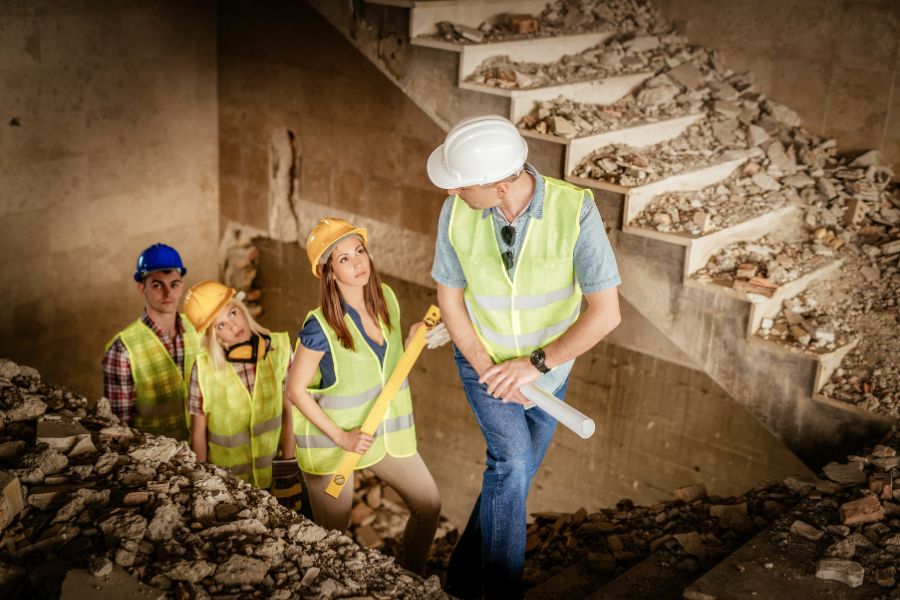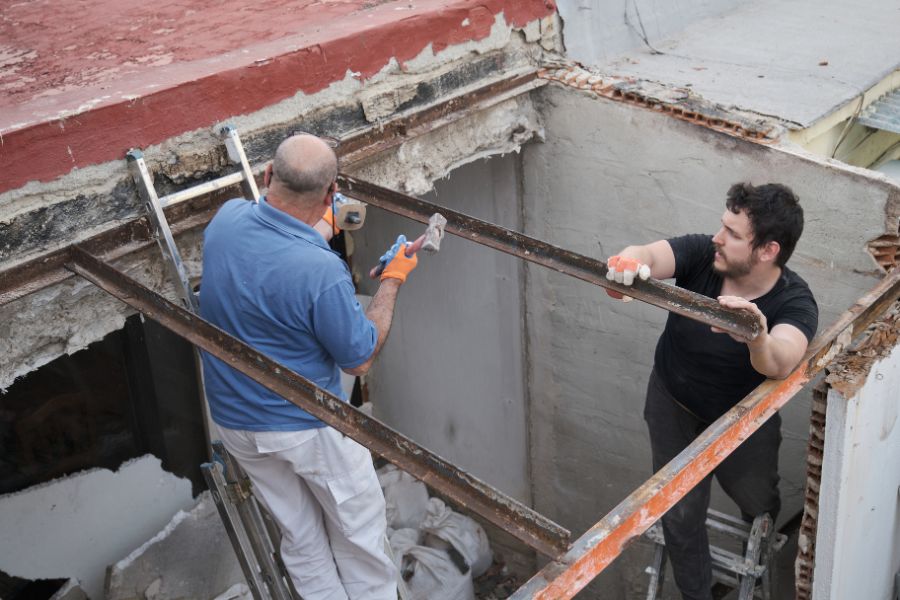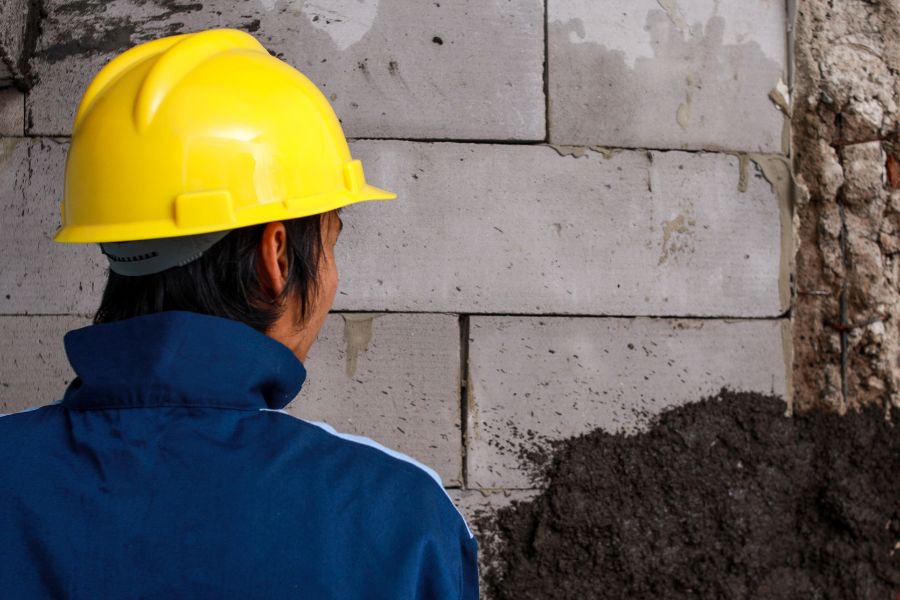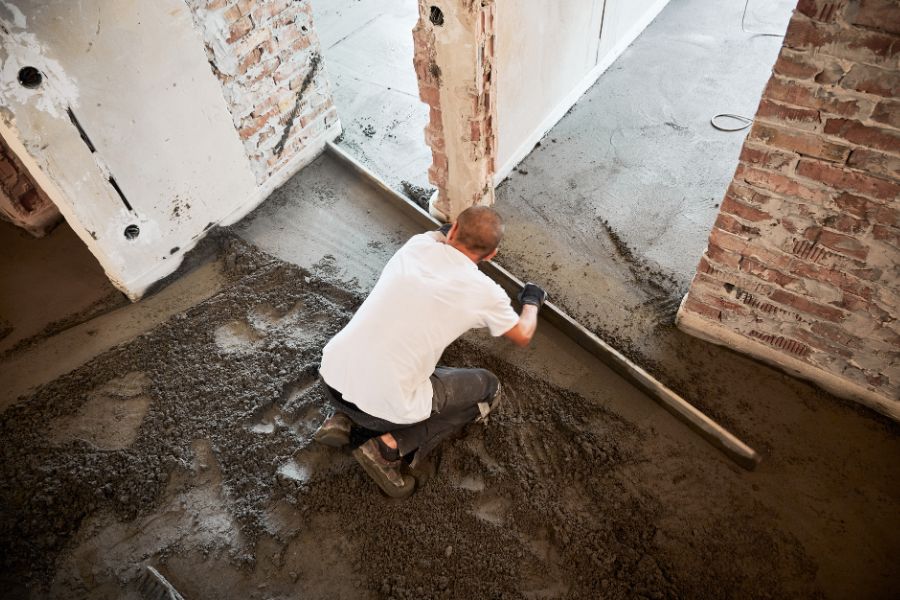If you’re considering basement waterproofing, you’re likely aware of its benefits in protecting your home from water damage and maintaining the structural integrity of your foundation. However, before the waterproofing materials even come out, there’s a critical first step that needs to be taken: demolition. Our recent video, “Starting Strong: Demolition for Waterproofing with IcyReno,” gives a peek into this essential part of the waterproofing process, where the real work begins with clearing the ground.
Why Professional Demolition Matters

Attempting basement demolition on your own is a daunting task. It’s not just about the physical labor but also understanding what lies beneath your basement floor. Pipes, wiring, and structural supports hidden underneath require careful navigation to avoid costly mistakes. Moreover, the equipment needed for such a job isn’t typically found in the average homeowner’s toolbox.
- Expensive Equipment: Specialized tools like jackhammers, heavy-duty shovels, and conveyor belts for removing debris are just the start. Operating this machinery isn’t just about turning them on; it requires skill and precision.
- Expertise in Handling Heavy Machinery: Beyond just having the tools, knowing how to use them effectively and safely is crucial. Missteps can lead to unnecessary damage to your property or, worse, injury.

The Steps Involved
- Removing Concrete Slabs: The first physical step in basement demolition for waterproofing is taking out the existing floor. This involves breaking up concrete slabs, a task that requires significant force and the right equipment. Especially if you’re intending to conduct thorough foundation waterproofing.
- Excavating the Earth Beneath: Once the slabs are removed, the next step is digging out the soil underneath to the necessary depth. This part of the process makes room for new drainage systems and waterproofing measures.
- Dealing with Debris: With earth and broken concrete now loosened, removing this material efficiently is key to progressing. Conveyor belts and similar machinery play a vital role in moving debris out of the basement without causing disruption to the rest of the home.
- Replacing Pipes and Infrastructure: Often, this demolition reveals aged or damaged pipes that also need replacing—a step that requires its own set of skills and tools.

Safety First
Demolition, especially in the confined space of a basement, comes with its set of hazards. Dust, flying debris, and the operation of heavy machinery pose risks not just to the workers but also to the structural integrity of your home if not managed correctly. Here are a few safety tips to consider:
- Wear Protective Gear: For any project observers or participants, protective eyewear, gloves, and helmets are non-negotiable.
- Ventilation: Dust and debris can quickly fill a basement. Ensuring proper ventilation keeps the air quality safe for workers and prevents dust from spreading throughout your home.
- Professional Assessment: Before starting, a thorough assessment by professionals can identify potential risks, including electrical wiring or plumbing that could be affected during demolition.
Conclusion: Trust the Experts
While the demolition phase of modern basement waterproofing might tempt homeowners into a DIY approach, the reality is far more complex and risky than it appears. Between the specialized equipment required, the expertise in handling heavy machinery, and the importance of maintaining safety standards, professional intervention becomes not just recommended but essential.
IcyReno specializes in basement waterproofing and underpinning, with a seasoned team ready to handle the toughest of demolition needs. Our approach ensures that your basement is not only prepared for effective waterproofing but that the process is carried out with the utmost care for your property and safety. If you’re looking to start your waterproofing project on the right foot, let the professionals at IcyReno lead the way. Contact us today to schedule an assessment for your home.
